SPACES NOT PLACES: reimagining spinal alignment
Reflecting on the radical nature of embodied autonomy, and finding inner-directed pathways towards verticality.
It seems impossible, in the field of yoga asana at least, not to have a conversation about “alignment”, what it means and what is “correct”, but the concept often carries the weight of lineage and hierarchy, coming as it does with a hefty amount of external judgement from a teacher that over time is internalised by the student. You will recognise, for example, how many alignment cues you have heard or said that make reference to stacking bones and joints. My Substack colleague Patty Townsend wrote an interesting piece on this theme which I encourage you to have look at.
When we remove the idea of doing something “wrong” from our explorations, we begin to shake up the paradigm of teacher/student that leads to a number of potentially radical changes. We retrieve the body from the verdict of an external gaze that is often veiled with judgement and bias; we start to think beyond the constraints of reductionist anatomy to embrace a more holistic understanding of the body; and we find ways for our language to shift from the rigid dictates of body part alignment to a more responsive and democratic sense of their “agreement”. In short, our embodied autonomy is strengthened.
Here, we are going to think about “spinal alignment” without mentioning bones or joints. We’re going to seek out spaces as an alternative route to finding both verticality and centre. And, we’ll start from top to bottom.
SKULL
Right at the geometric centre of your head is a space. It is part of the body system that we explored in an earlier Field Notes edition on cerebrospinal fluid (CSF). This central space is called the third ventricle and is filled with the CSF that circulates throughout the central nervous system, bathing the tissues and providing buoyancy and lightness at our core. It seems that it also seeps through our peripheral nervous system too, certainly there is evidence of CSF around the roots of these nerves.
Specifically, the third ventricle is located between the two halves of the thalamus, but that might not be such a readily familiar structure in your imagination; locating the pituitary gland in front of it and the pineal gland behind might be more helpful. I’ll put a short video clip in the Companion Notes to illustrate, if the following guide is not clear.
Place your middle-fingertips at the bridge of your nose and then slide them back to lightly land on your temples (the dips at the side of your forehead). You are pretty much on the wings of your sphenoid bone here, and the pituitary sits in a little cavity (the sella turcica) at the centre. So, keep your fingertips in place and let you attention land equidistant between them and visualise a small pea-sized structure.
Now, with your middle fingers lightly anchored here, use your index fingertips to reach back about 4/5cm and then up about 2/3cm. Again, let you attention find a spot equidistant from each and you will be approximately in the location of a small pine nut-sized structure, your pineal gland
Lastly, the place between your index and middle finger is where we can locate the third ventricle. Move your attention equidistant once more, and this is the space at the centre of your skull. it’s about 2cm long, 0.5cm wide, and 1cm high.
By the way, I’ll also talk more about the pituitary/pineal ‘axis’ in the follow up Companion Notes.
RIB CAGE
Next, let’s find a space in the centre of the rib cage. We can start with locating the heart, which is fairly central, although it does occupy more of the left side of the thorax than the right. The part of the heart that is closest to the centre would be the right atrium, so the upper right chamber of the heart. Actually, when I look at more detailed diagrams, I would venture to suggest that what lies at the very centre of the rib cage is the junction of pulmonary vessels – which poetically we might notice as the junction of heart and breath. But, let’s stay with the right atrium and find that.
First, make a soft fist with your right hand, bend your elbow and bring the fist to land on your chest. It will be more on the left side (like the gesture of pledging allegiance). Now, the fist is about the size of your heart, so slightly tip your hand to the right so that your thumb now lands on your breastbone. You are now on the location of the right atrium.
Again, I’ll pop another short video clip in the Companion Notes if a visual guide is more helpful for you.
Keep your hand here. Like the third ventricle of your brain, the heart is a fluid-filled vessel and you are in the presence of the vibrant, weighty, pulse of blood. Try to now bring back into your awareness the quietness of the CSF in the third ventricle. See if it’s possible to hold these spaces in a vertical relationship? And, see if you can distinguish a different feeling or ‘mind’ not only to the spaces but the different fluid types passing through.
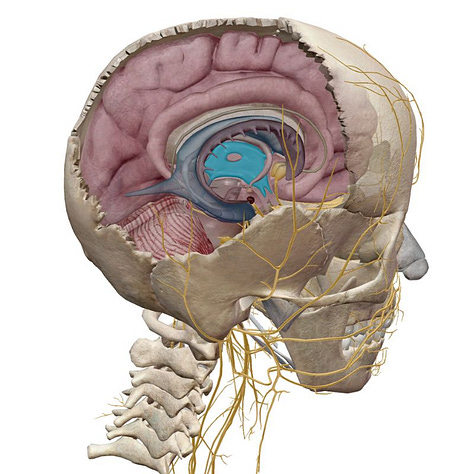

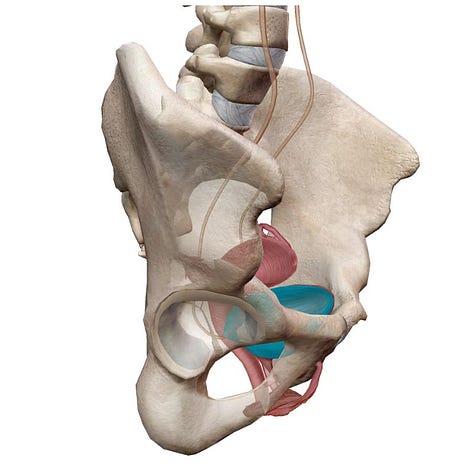
PELVIS
Finally, we need to find a central space in the pelvis, and this will differ slightly depending on whether the structure has a male or female signature and, for the latter it may depend on the presence of a uterus and the way that that may be leaning. For simplicity and common ground, let’s instead think about the bladder. This is another hollow organ that gradually fills and empties with fluid throughout the day. It’s an internal organ that makes itself known to us regularly and therefore will be much more familiar that the third ventricle of the brain and the right atrium of the heart!
Imagine the bladder as a soft, elastic, translucent sphere, bigger than a golf ball but smaller than a tennis ball, sitting towards the front of your pelvis behind the pubic bone. Place your attention in the space just behind the sphere. It can help to rock around your pelvis to get the sense of the sphere tipping and tilting, then, when you centre the pelvis, the sphere centres too – that is to say. you might find it helpful, like me to go off-centre in order to find centre.
Coming back to the fluids, in the urine we have yet another kind of quality and flow. If you are able to distinguish and contemplate this, compare it again with the qualities and flow of CSF and blood. Each fluid has its own weight and rhythm. If you’d like to know more about exploring Fluids, look out for online workshops dates I’ll be hosting in the Autumn.
By now you could be feeling tired. Sensing spaces takes a lot of concentration, and with it a lot of metabolic energy, so shake things off whenever it feels too complex or hard to connect with.
ALIGNING SPACES
We now have three spaces: the third ventricle, the right atrium, and the space behind the back of the bladder. Experiment with bringing all three into relationship, one above the other. Maybe, start from something disorganised, like slouching in a chair and then shift the spaces to somewhere that feels like an easy and balanced relationship. It may help to think about three floating spheres, or three balloons. Try initiating the ‘alignment’ from each: so start with the pelvic space and work up; then from the skull space and work down; finally, the rib cage space and work up/down, down/up. You might one pathway is clearer than the others.
Of course, you may be wondering, why bother aligning spaces when stacking bones or reaching through the top of the head and down through the tail provide perfectly adequate ways of finding verticality. Either approach, bones or spaces, will always result in a clearer sense of being upright in the world and the relationship the body has with gravity. However, they each hold their own nuances.
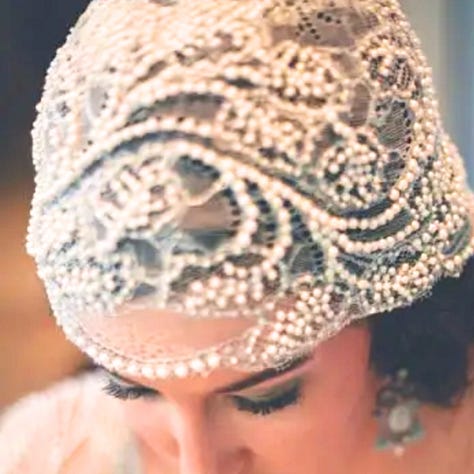

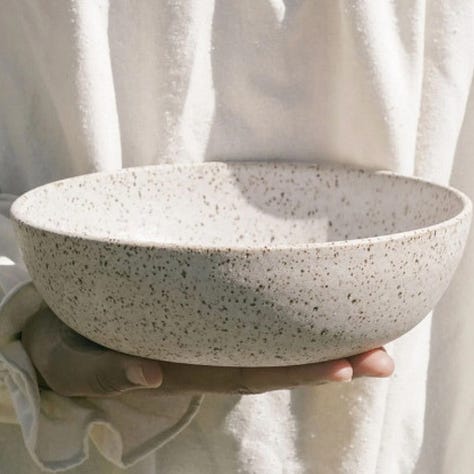
Take time to consider the feeling state that arises when you organise through the spaces. Is it different from organising through the bones? If so, how would you describe this? How might the feeling states permeate the whole bodymind? Would being a body-of-spaces affect your experience of movement, whether going about your day-to-day life, or in your yoga practice, or gym practice etc? And, do you have a preference?
If you do notice something different, take the time to find ways to describe it in words or images, or through sounds and musical choices. What would you write in a journal? What adjectives would you choose? What playlist would you make? In speaking your experiences aloud to a colleague, does it affect your tone of voice or pace of speaking? Does it affect the way you listen?
FEELING SPACEY?
On a final note, working with spaces might literally leave you feeling a little spacey, disoriented, or ungrounded. This can be interesting in and of itself, however, if it’s not pleasant in any way, please come back to your bones. Remember the spaces are held by the bony containers of your skull bones, your ribs and sternum, and your pelvis, and that these are all connected by the bones of your spine. Bone is ground and mineral, with qualities of long-lasting solidity and robustness - so coming back to the presence of your bones will bring you back from space to land on Mother Earth.
So, that is it for this edition of Field Notes. I know how precious your free time is, so thank you for taking the time to read or listen.
And, if you are a paid-subscriber, the Companion Notes are coming soon with video clips, further explorations, and more thoughts on the pituitary/pineal axis.
Until next time, sending warmest wishes
Beverley
PS interested in Fluids? I have a series of three online workshops coming up in the Autumn, drop me a note at info@beverleynolan.com if you’d like details.



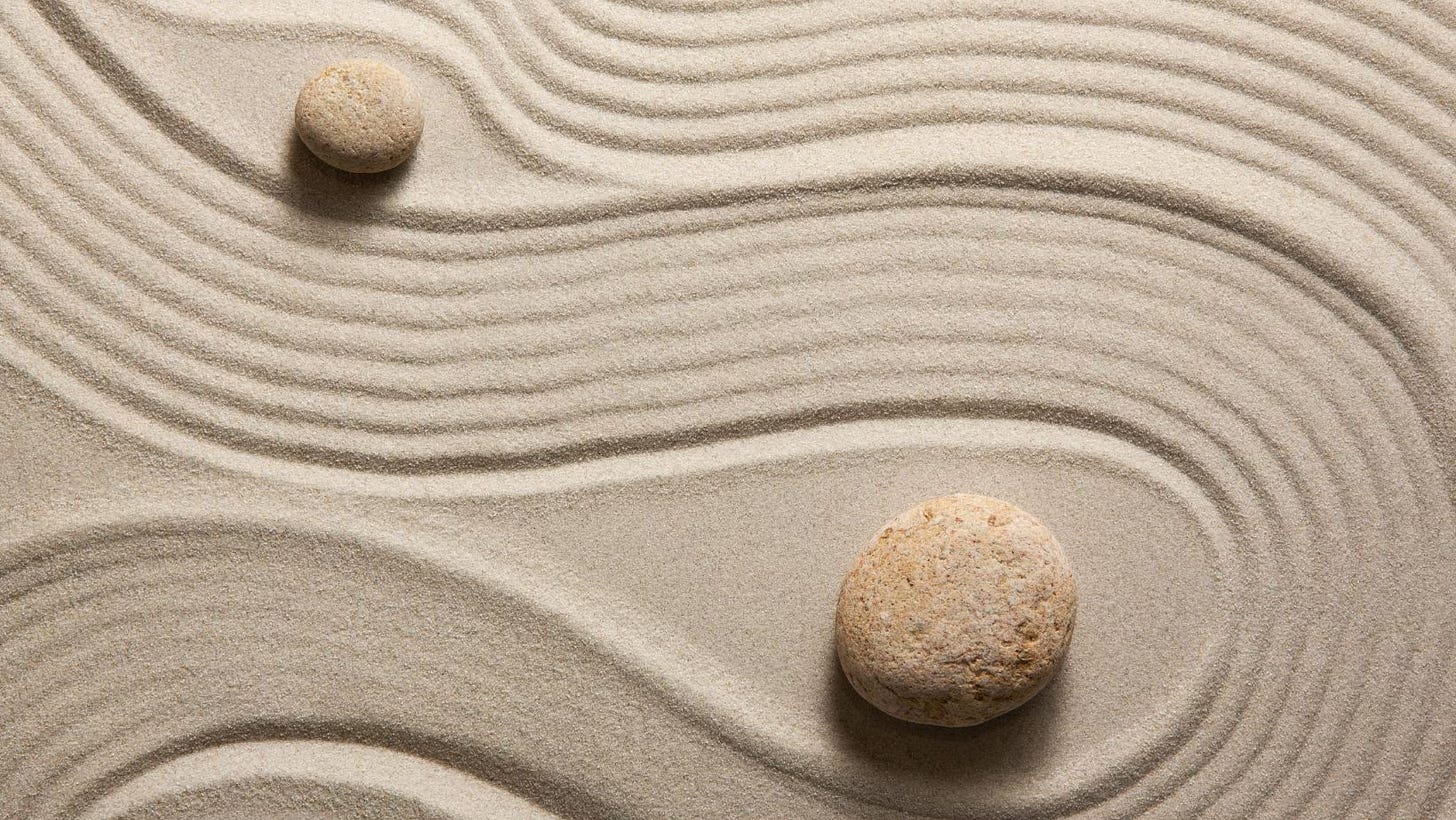
This is wholly glorious
I love these alignment cues. I just did something similar with my students. Thank you!